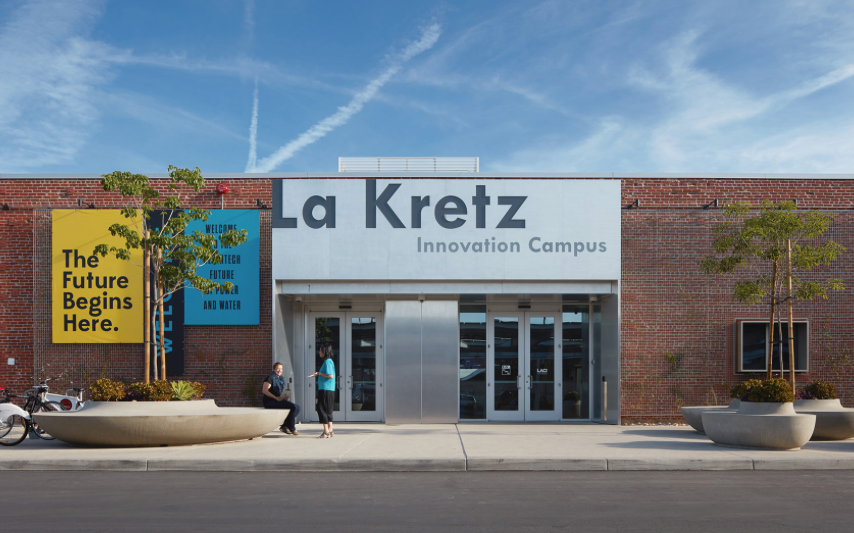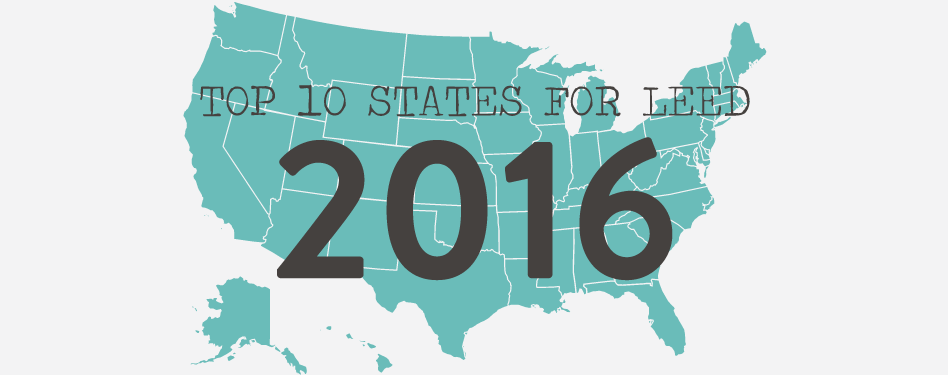When Google decided to shift to 100% renewable energy, it worked directly with wind and solar farms to sign deals. A new U.K.-based startup called Squeaky lets small businesses easily do the same thing at a smaller scale—business owners can choose a wind farm to support, and then start buying renewable electricity at the same price they were paying for energy from fossil fuels.
In the past, it wasn't an option. "The U.K. supply market is dominated by six very large integrated suppliers, and typically they haven't offered a renewable tariff because they are primarily fossil fuel generators, so it's pretty difficult for them to allocate specific renewable generation from their portfolio to specific customer supply," says Squeaky founder Chris Bowden, who has 27 years of energy industry experience.

























